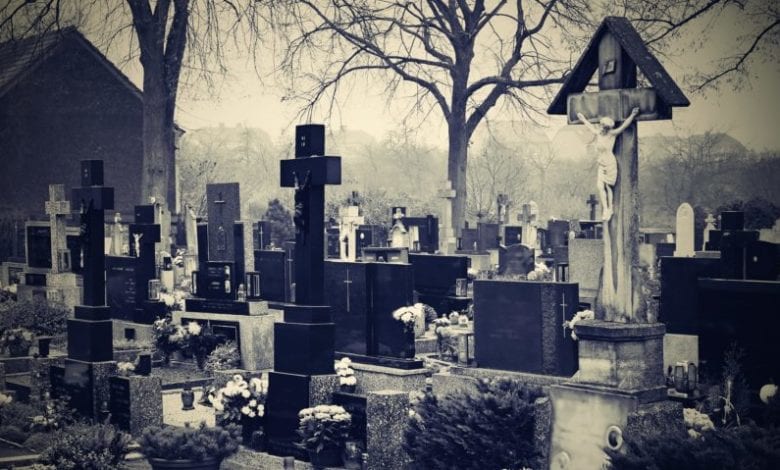Features
The Cemetery Club: Should resting places be tourist attractions?

Cemeteries have always attracted visitors. Julius Caesar stopped at Alexander the Great’s tomb.You'll need to
subscribe to unlock this content. Already subscribed? Login?

Join over 5,000 funeral professionals with a membership
Get unlimited access and stay in the know. First-year special offer pricing. Cancel any time.
You have read 2/2 free articles this month.

Person
Monthly
5 days free trial
Yearly
Save £9.89
5 days free trial
No, thanks
I already have an account

Cemeteries have always attracted visitors. Julius Caesar stopped at Alexander the Great’s tomb.You'll need to
subscribe to unlock this content. Already subscribed? Login?